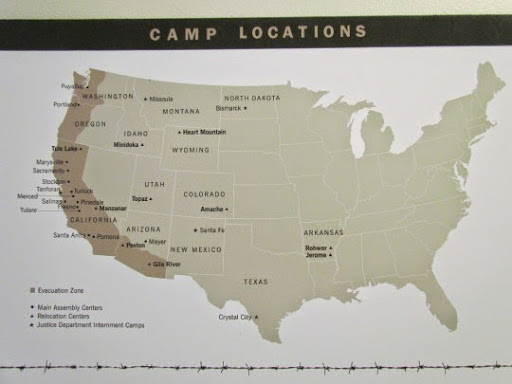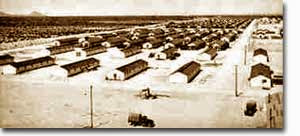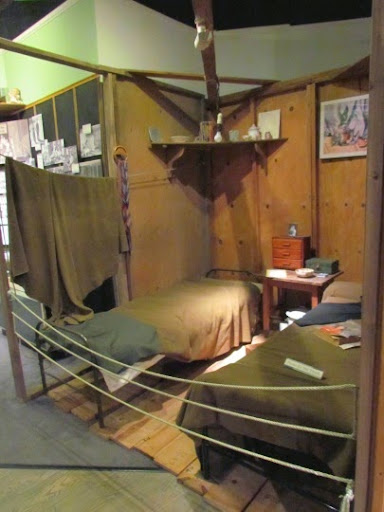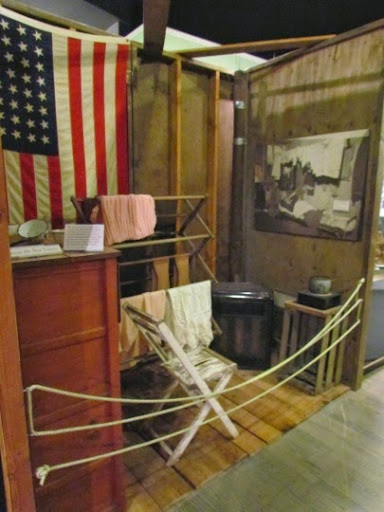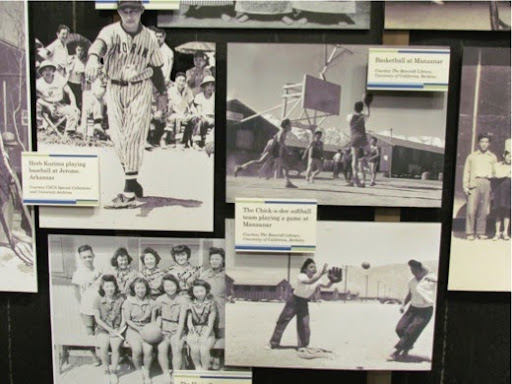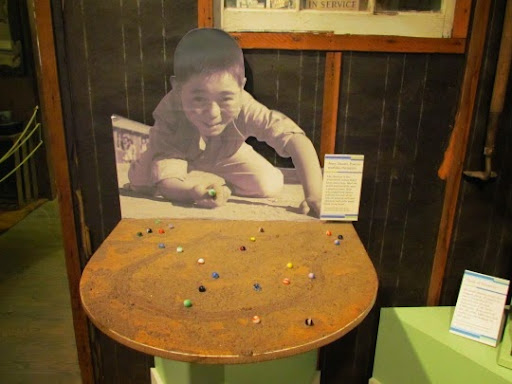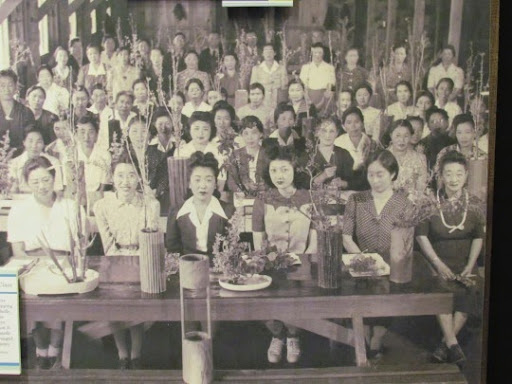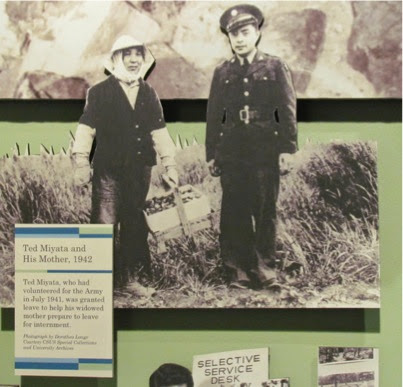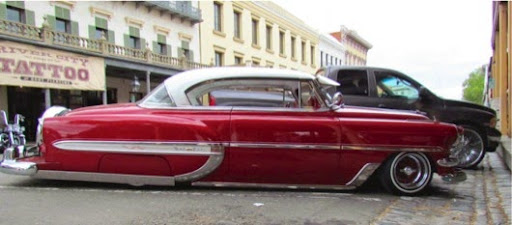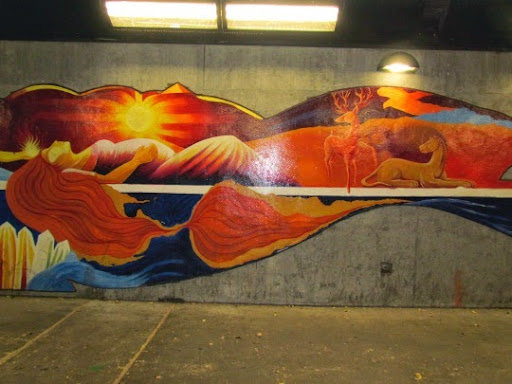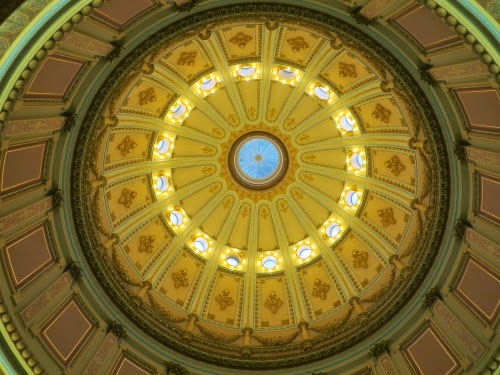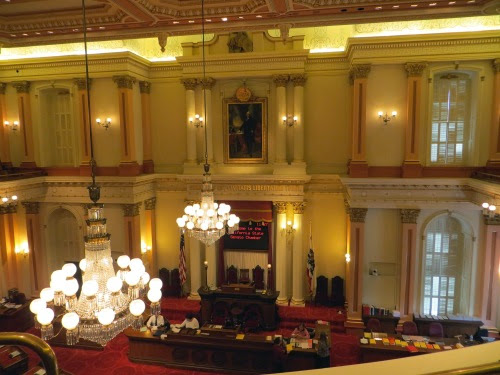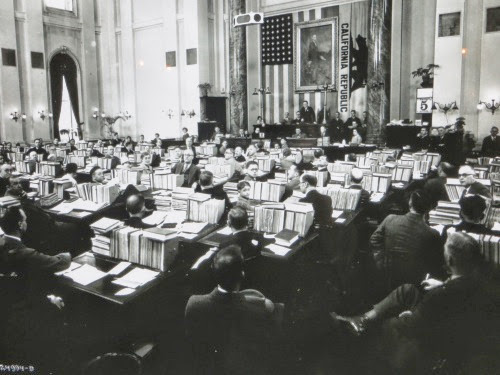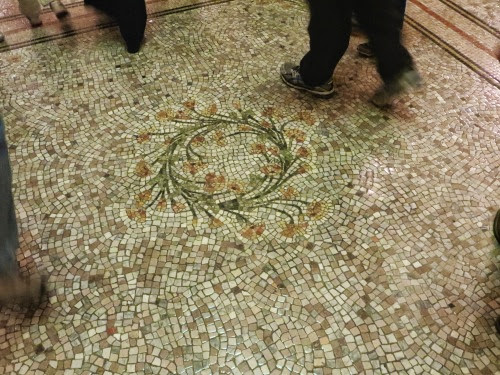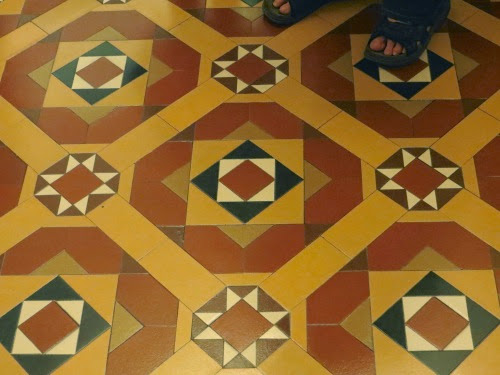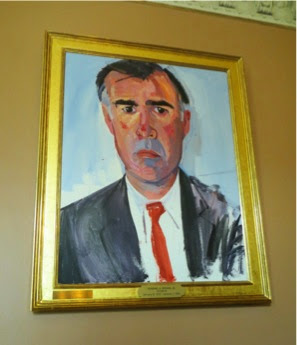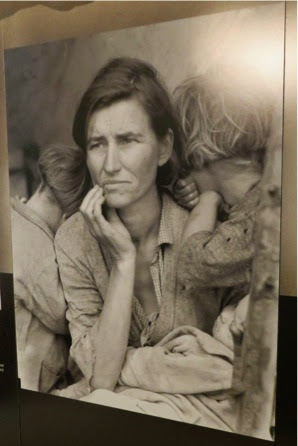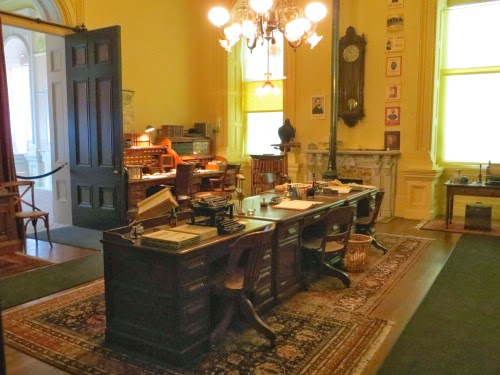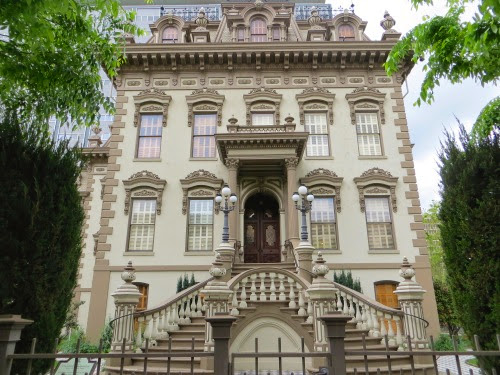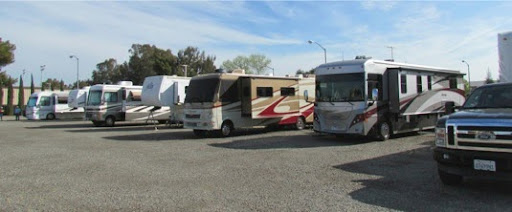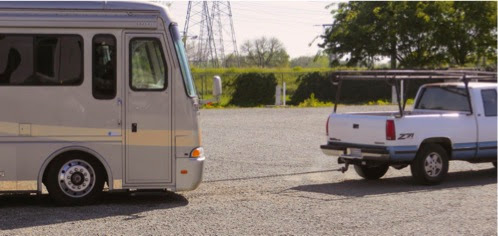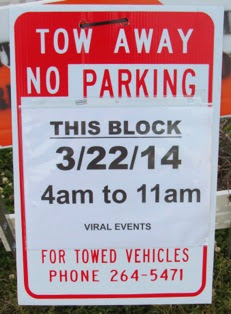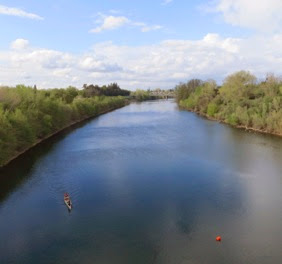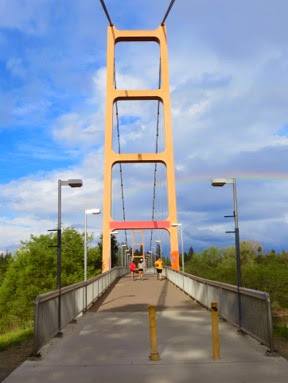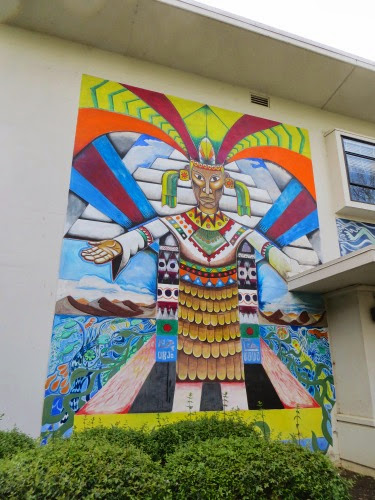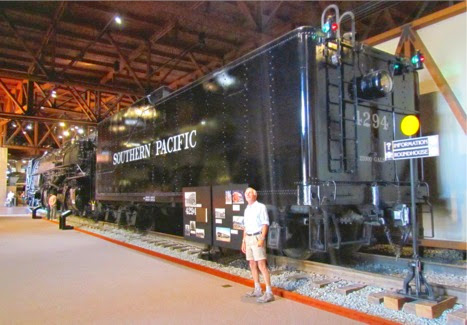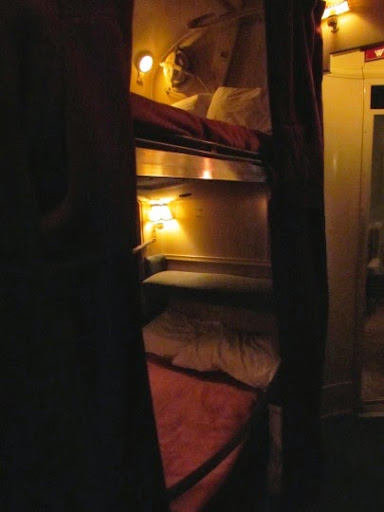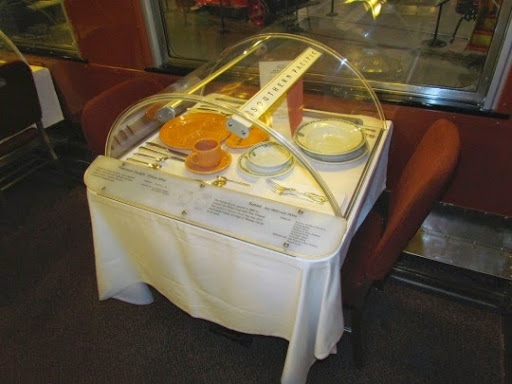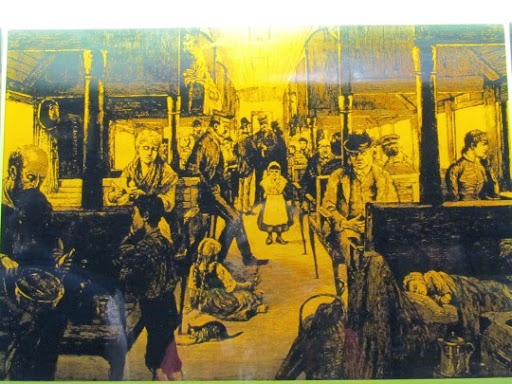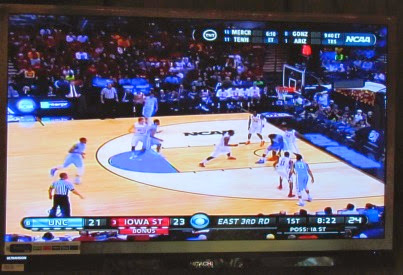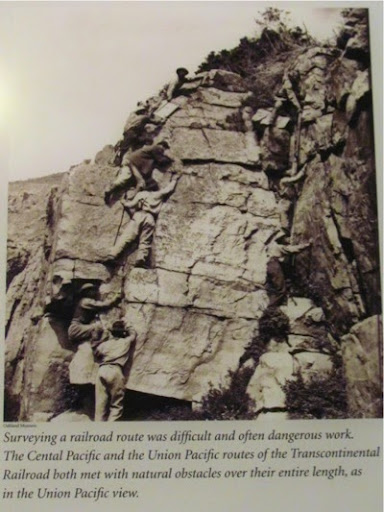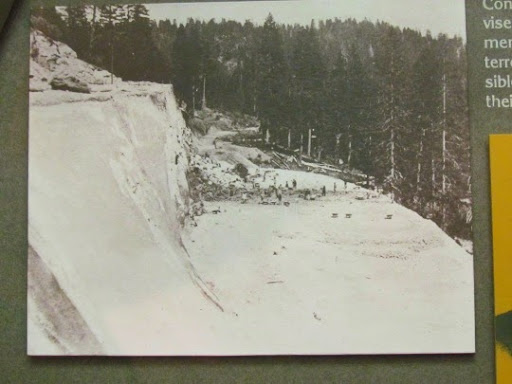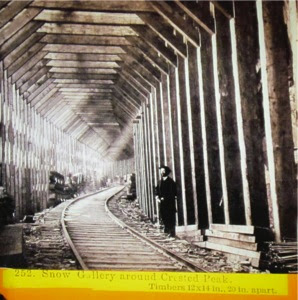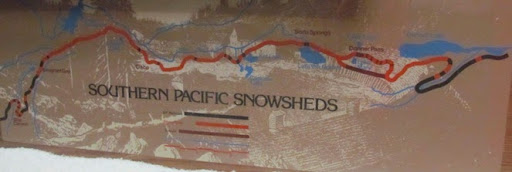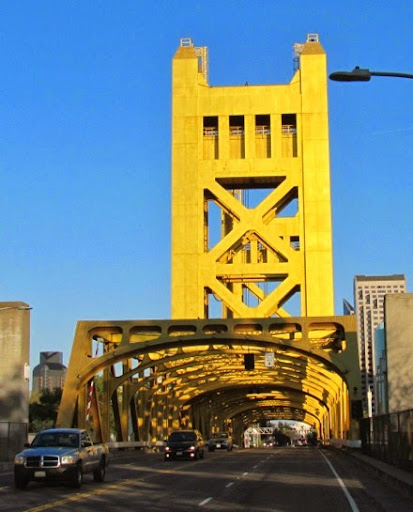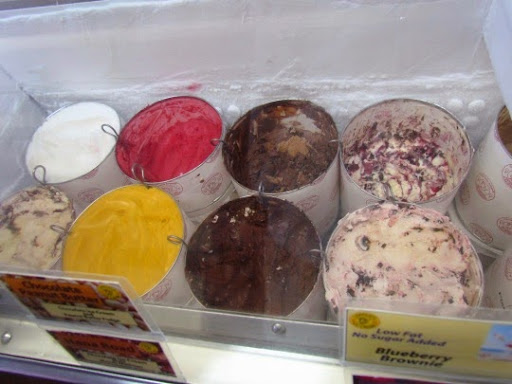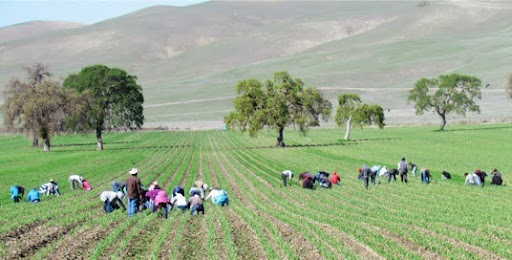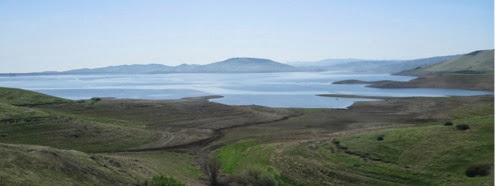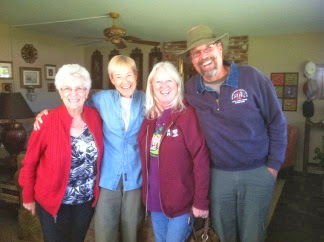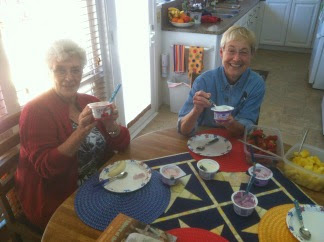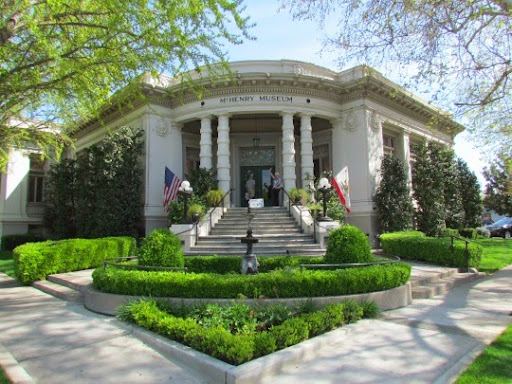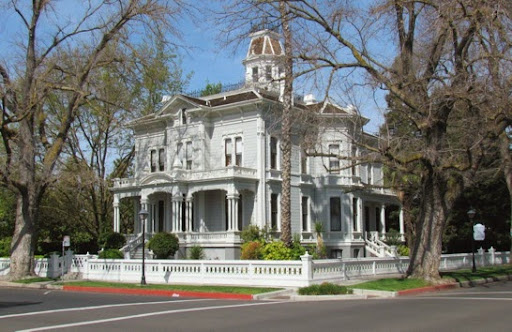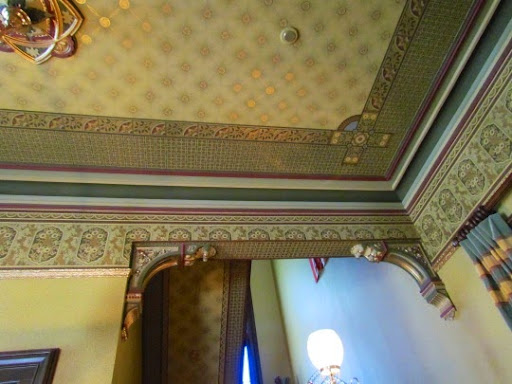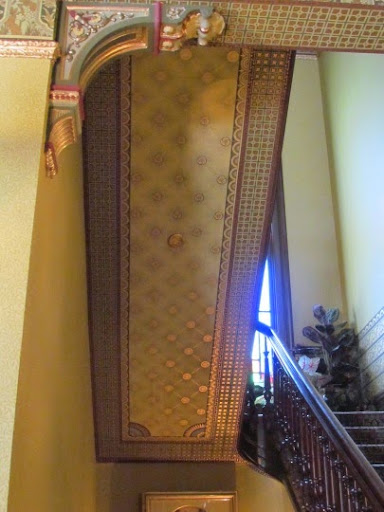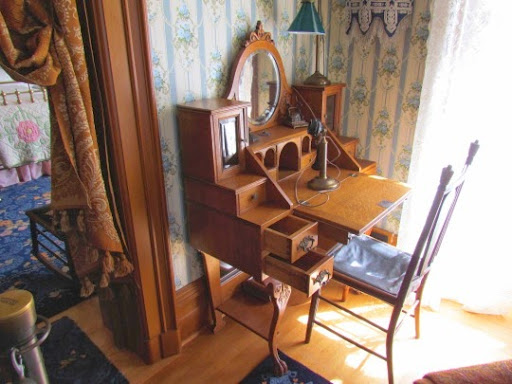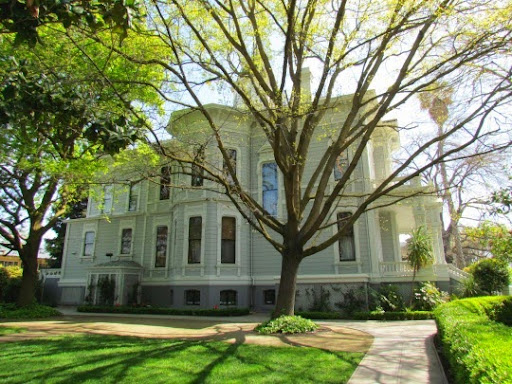‘Get used to disappointment.’
Princess Bride - the movie
Some of you might be wondering why two people who like to hike and travel and see so many things haven’t had much to write about recently. And, if that’s what you’re wondering, you’re pretty observant. You’re right, we haven’t been doing much exploring or adventuring these days. And, here’s the reason: it’s we've been singing the RV blues. But, these are not small blues, these are some major blues. We’ve been hit with two major problems lately: flooring and slides.
If you remember correctly, we had some new wood flooring installed in Mesa back in December. Several weeks ago, we noticed that there are some bubbles under some of the seams and some of the boards are coming unglued. Here’s a picture showing how buckled it is. We’ve put a straight edged board over one of the bubbles and note how it hits the floor on one side but is about 1” above the floor on the other.
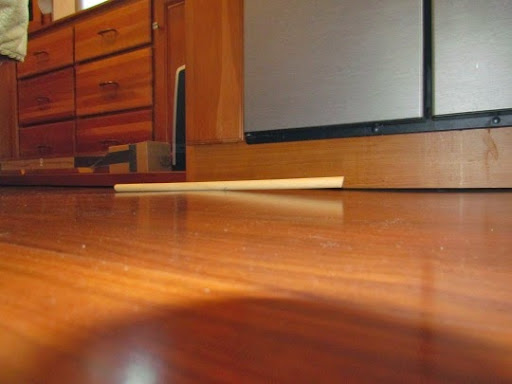
And, here’s another bubble, right near the driver’s seat.
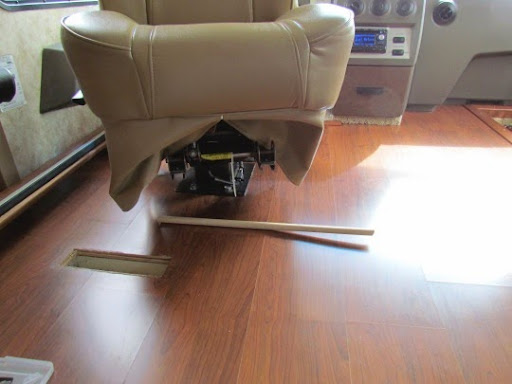
‘Houston, we’ve got a problem.’
We’ve got about 4 areas where this is happening: one under the refrigerator, one near the driver’s seat, one in the middle of the floor and one in the hallway. Here’s a picture showing two of them - places we really shouldn’t walk because the floor is buckled and, if we walk there too often and apply too much weight, the boards might break.
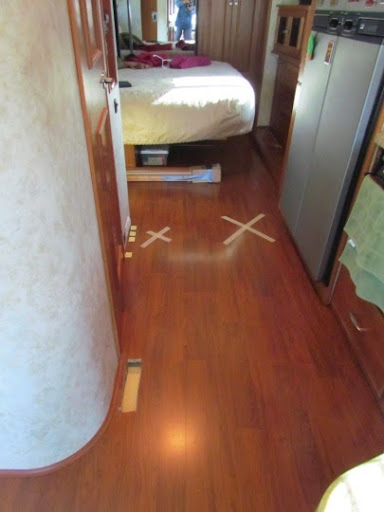
The second problem is that the inside of our bedroom slide is sagging at the top. To find the leak, Gary took off all of the trim pieces around the slide and - voila!!!

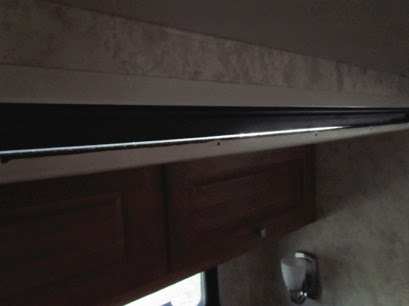
Sure enough, when we extend our slide out, we can see a crack of light where the outside sun can shine in - where the gasket doesn’t touch the top of the slide. That means that, when it rains, we can get pretty wet. So, we’ve brought our bedroom slide in so that the gaskets can touch and we won’t get wet.
Having that view is pretty handy in the morning when you want to see what the day looks like from bed but not so handy when you see that it’s rained and you’ve got a leak.
Gary has been dealing with these two problems a lot since they are pretty serious. He’s taken all of the trim off the slide so that he could uncover what the problem with the slide was. And, he’s found the problem. But, as long as we keep our bedroom slide in, the rain should not be a problem. We can live with that. At least until we find the solution which we think might be in Forest City where Winnebago is manufactured.
But, the flooring is the most urgent problem. Gary has been spending time this week trying to make some room for expansion: he’s taken out all the staples holding the floor in, he’s moved the drivers seat and taken out the bolts, he’s taken out the floor vents, and he’s worked all around the edges to find space for the flooring to expand. However, with all he’s done, the floor can’t expand since it is glued down. We knew that but there are spots where the glue has lifted and we hope it might lift in more spots. Obviously, when we had the flooring installed it was in Arizona where it is dry and we have now moved further north into a wetter climate. Our flooring is wood and has expanded and, with no expansion joints and being glued down, it is now bubbling up.
So, we’ve been spending time on the Flooring Adventure and the Slide Adventure. We’d rather be having the Redwoods Adventure and the Hiking Adventure. Sometimes I think we’re the only ones with problems and that everyone else in their RV is having a great time. But, I know better. I know some people who bought a new RV and had a shimmy problem, a slide that came out 1” on one side when they traveled, a leak over their dining table, the gel coat on the front peel and have had several other ‘minor’ problems. And, this was a new RV. I know some others who had a cabinet come loose and sag, others who had windows leak and others had the front door come off. And the story goes on. Who among us RV’ers has not had some major problems, caused by others?
Is there anyone out there who has not had problems caused by other’s inattention, incompetence, inability, not following instructions, etc.? Raise your hand. Come on, raise them higher so I can see them. Hey, I don’t think I see any hands in the air.
Tra la la - we're singing the RV Blues. Bah humbug.

